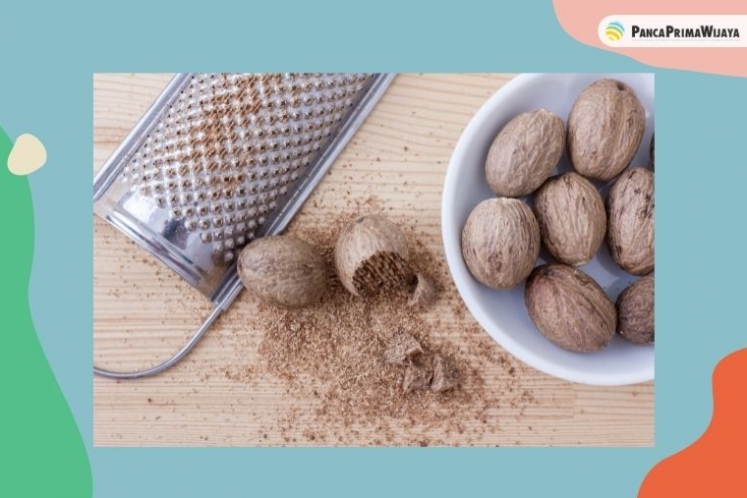 The transportation process becomes inefficient and requires high costs. An alternative that has the potential to be developed is to extract the nutmeg so that the export process can be more efficient.
The transportation process becomes inefficient and requires high costs. An alternative that has the potential to be developed is to extract the nutmeg so that the export process can be more efficient.
Nutmeg is a spice that has a very long history. In several historical records of Indonesia, Portuguese became the first European nation to arrive on the island of Banda, Maluku. They came to look for spices such as nutmeg and cloves, then brought and sold them in Europe. Meanwhile in other longer version of historical records, Nutmeg has become a potential spice in the 6th century. At that time the Byzantines traveled 12,000 kilometers to Banda to get this spice. Arab society even used nutmeg as a bartering item, which eventually introduced the spices to Venice and later became known as one of the important spices in European cuisine. Then economic history recorded that the Arab monopoly in Venice triggered the arrival of the Portuguese to Maluku.
In Indonesia, Nutmeg then spread to other regions. This plant is suitable for growing in tropical regions that have high rainfall. Local people use it as a food flavoring and several times have found research on the use of nutmeg in traditional drinks. In a more modern development, nutmeg is then processed for use as medicine and cosmetic ingredients. As an exporting country for spices, including nutmeg, Indonesia exports nutmeg in dry form to avoid the spoilage process during the trip. It's just that, the dry nutmeg export process also experiences problems because it requires a very large space. The transportation process becomes inefficient and requires high costs. An alternative that has the potential to be developed is to extract the nutmeg so that the export process can be more efficient. Nutmeg extraction is easy to pack and hygienic, so that the quality is well preserved.
The nutmeg extraction process also aims to obtain oleoresin, which is a mixture of oil and resin extracted using organic solvents. Oleoresin has a non-volatile aroma and flavor carrier, so export in this form is considered to be more profitable and efficient. The extraction process consists of two stages, the first is by extracting 20 grams of dry nutmeg dissolved with methanol at an extraction temperature of 40°C, 50°C, 60°C with a stirring speed of 700 rpm for 6 hours. The second stage is continued with distillation for 6 hours to obtain the yield produced. As a result, we can conclude that the largest oleoresin yield occurs in maceration extraction at a temperature of 40°C.
Don't hesitate to contact us if you want to know more about our products.